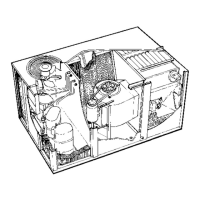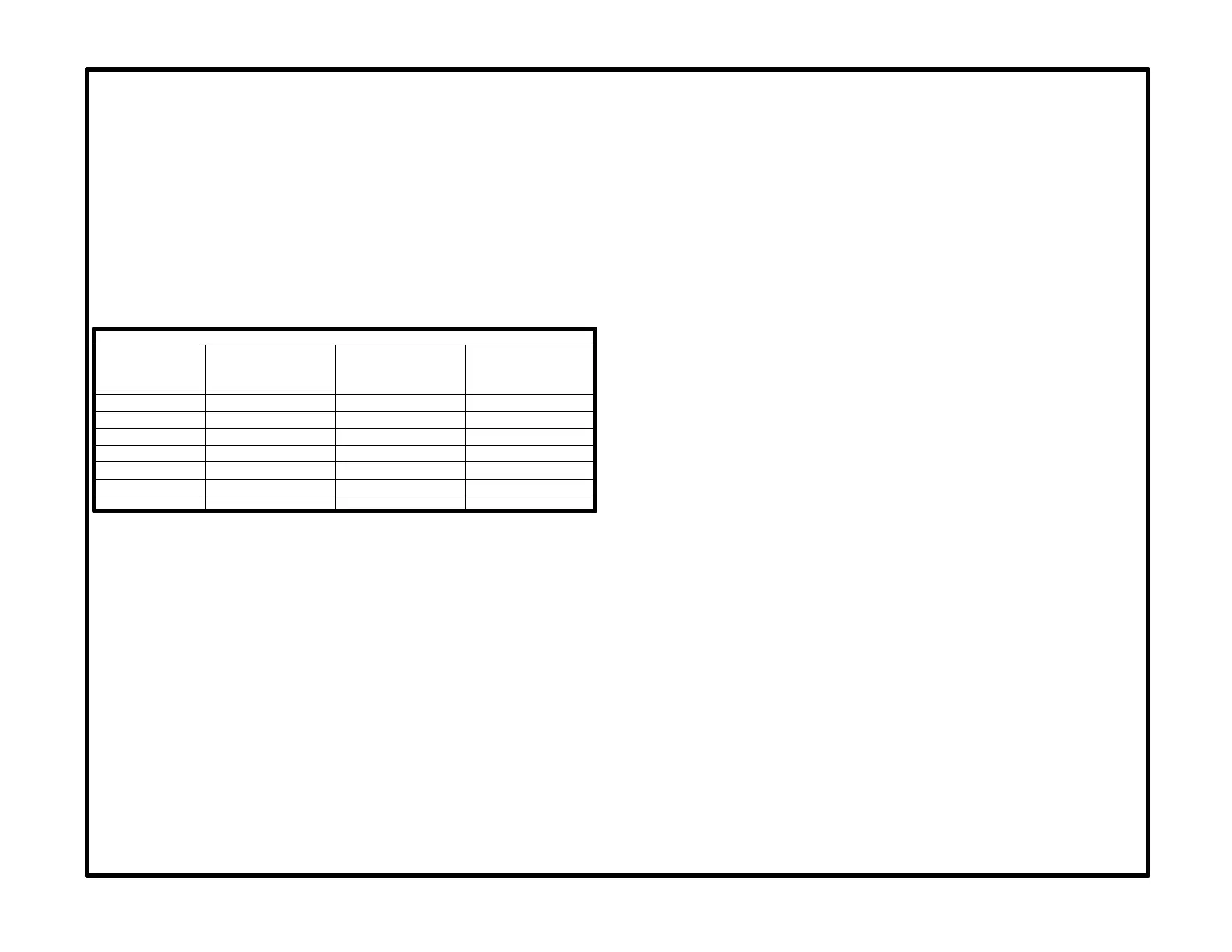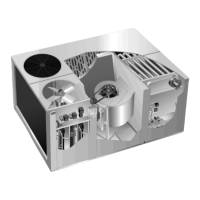Page 98
C3 DIAGRAM and C5 DIAGRAM
Flexstat (C3) and Prostat (C5) without Economizer or WarmUp
C-ELECTRONIC THERMOSTAT SYSTEMS
1-C3,C5 Sections
Optional Flexstat C3-1/Prostat C5-1 programmable thermostats allow GCS16's without econ
omizer to automatically setback or setup setpoints for unoccupied periods as well as control
setpoints more precisely than electromechanical thermostats.
NOTE - In order to understand how these optional controls affect the operation of the GCS16,
you must first understand how all GCS16 components work. Refer to the operation se
quence for basic unit operation.
NOTE - These thermostats have a builtin clock for controlling setback. Optional time clock
CMC3-1, night thermostat and night relay kit are not needed and are not compatible.
IMPORTANT - Flexstat model L2F has been superseded by Flexstat L2F-N. Terminal desig
nation on the two controls are different. This sequence of operation describes models L2F-N.
Refer to Table 23 for more information.
TABLE 23
FLEXSTAT/PROSTAT TERMINAL CONNECTIONS
GCS16
TERMINAL
OR PIGTAIL
FLEXSTAT
MODEL L2F
TERMINAL
FLEXSTAT
MODEL L2F-N
TERMINAL
PROSTAT
TERMINAL
G
Y1
Y2
W1
W2
10
7
54G
65Y1
47Y2
32W1
93W2
8 8, 9 R
H
,R
C
21C
Operation Sequence:
1- The GCS16 with Flexstat/Prostat is designed so that the fan switch in the thermostat should
be left in the ECONO mode (ON mode in the Flexstat) at all times. This allows the blower to be
controlled by terminal G in the Prostat (terminal 4 in the Flexstat). The blower operates contin
uously during occupied periods and intermittently during unoccupied periods.
NOTE - Flexstats ONLY: If slide switch number 7 on back of model L2F-N (slide switch num
ber 5 on back of L2F) is switched to ON position, the blower operates continuously during
occupied periods and automatically cycles during unoccupied periods. If this slide switch is
switched to OFF position, the blower operates normally during unoccupied periods, con
trolled by the ON/AUTO button on the face of the control.
2- During a heating demand when the building is not occupied, the blower is activated only when
a heating demand passes through relay K25 in the GCS16. During a cooling demand when the
building is not occupied, the blower is activated through terminal G in the Prostat (terminal 4 in
Flexstat).
3- Heating demand W1 directly energizes the heat section of the GCS16.
4- Cooling demand Y1 is routed through plug P3 to activate the cooling circuit of the GCS16 di
rectly.

